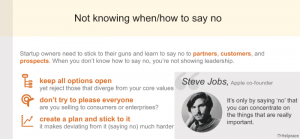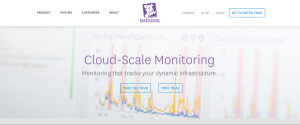Google Ad Exec Answers One-Off Campaign Questions

A shortened holiday shopping season requires even the biggest advertisers to act like a startup — agile and quick to respond.
Hanukkah falls on Christmas Day this year. The compressed time frame demands advertisers remain attune to emerging trends by leveraging actionable insights and data.
That connection could become the key to success or failure, according to Jyotika Prasad, senior director, retail ads at Google.
Emarketer notes that 36% of consumers expect to spend more this year, with inflation cited as the top reason. The data also notes that food & beverage, health & personal care, apparel, and footwear & accessories will become the fastest-growing categories for holiday retail and ecommerce.
Prices in these categories are largely flat or declining, so the increases in these categories can be attributed more to unit sales.
Google recently introduced advertising capabilities to save time and build goals at its annual Think Retail event in New York City.
I caught up with Prasad via email. What follows are edited comments sent to Performance Marketing Insider with insights into retail and this year’s holiday shopping season.
Performance Marketing Insider: What percentage of consumers have begun shopping for the end-of-year holidays? Do you expect that total to rise this year based on the shortened holiday schedule?
Jyotika Prasad: We can’t offer a prediction, but we know 34% of shoppers started their holiday shopping in July, which is higher than the 27% last year.
PMI: Do retailers expect consumers to spend more because this year prices are higher for items compared with past years, or because they have more money to spend?
Prasad: I’m not an expert on consumer psychology, but we definitely know that people’s shopping habits change over time. And especially around the holidays, we see a ton of shoppers looking for deals.
What we’re trying to do is make it super simple for retailers and advertisers to let us know about those deals.
For example, we launched a new way to use loyalty promotions to not only attract valuable customers, but also keep them coming back.
The big picture is that we want to make our advertising solutions even better so businesses can build real relationships with potential customers from the moment they start shopping until they make a purchase.
PMI: Google recently introduced Profit Goals. How does this work and what type of data is used to optimize for campaigns?
Prasad: Google uses sales data and product costs shared by the advertiser to automatically adjust ad bids, prioritizing ads that lead to more profitable sales. This also helps advertisers by giving them more flexibility to maximize for profit instead of just revenue.
PMI: How much of the overall optimization of an ad is automated?
Prasad: Think of it like this: you’re in the driver’s seat when it comes to how much AI you want to use in your campaigns. You decide how much of the ad creation and optimization process you want to automate.
For example, AI-powered campaigns like Performance Max orient around (and optimize toward) an advertiser’s goals, which is different from manual campaign optimizations, but it’s all in service to increasing performance — and our customers are seeing the returns.
But if you prefer a more hands-on approach, campaigns like Search and Demand Gen let brands customize how AI is used. You get to keep more control over things like channels used, who you target, and what your ads look like.
PMI: I know it will likely depend on the feature, but what percentage of Google’s ads have been automated by AI, what type of AI, and how much of that automation is really leading to higher sales from the ads?
Prasad: We know 80% of Google’s customers already use at least one AI-powered Search ads product. We also have many different models that power our ads and commerce products and use the best model for the particular use case.
Overall, we’re constantly improving our models to make sure we’re using the right one for each situation.
(4)
Report Post




